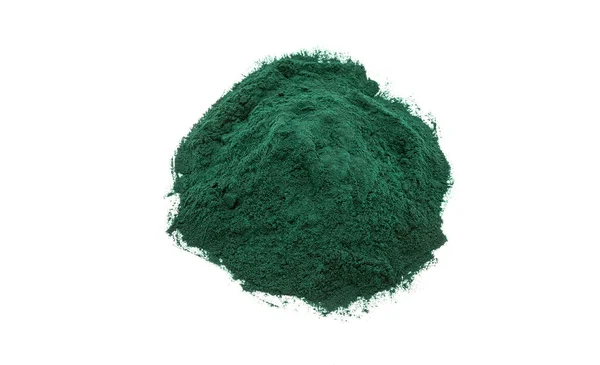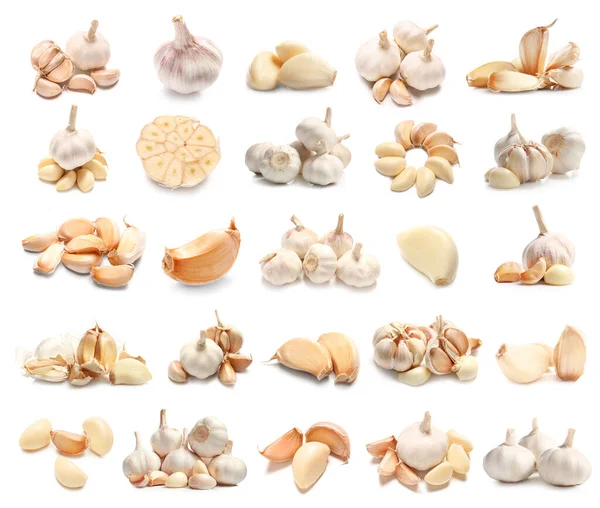How much do you know about Spirulina farming in Kenya? This superfood farming is gaining fast popularity in Kenya due to its numerous health and profit benefits.
Spirulina farming is a growing lucrative and sustainable venture in Kenya. Some of the factors driving its demand are its health benefits and the potential for substantial profits.
In this comprehensive guide, we will delve into the profitability of spirulina farming, covering aspects such as costs, requirements, nutrition, cultivation techniques, and its rise as a superfood in various communities.
What is spirulina?
Spirulina, also known as blue-green algae, is a type of cyanobacterium that grows in fresh and saltwater. It is a photosynthetic organism that produces energy through the process of photosynthesis, similar to plants. Spirulina has gained popularity as a nutritious food supplement due to its rich content of protein, vitamins, minerals, carotenoids, and antioxidants.
Related; Azolla Farming in Kenya: How to make more money and yields
What are the benefits of Spirulina Farming in Kenya?
Are you looking at the benefits of spirulina growing? Some reasons why there is a huge adoption of algae cultivation for animal and human consumption include; its nutrition, health, and low-cost production. The list below summarizes why you need to pursue spirulina farming as an individual school or government body.
- High demand for spirulina as a health supplement
- Low production costs compared to other crops
- Minimal land and water requirements
- Flexibility in scaling up production
- Opportunities to promote food security, income, and job creation
- Technology transfer and research opportunities
High Demand
The demand for spirulina is on the rise in Kenya. It is being fueled by its status as a superfood with remarkable health benefits. Institutions like early Childhood Development Centers have embraced spirulina, incorporating it into meals and boasting an impressive 70% protein content by weight. This high protein content positions spirulina as a sought-after supplement, addressing the growing interest in health and wellness.
Low Production Costs and Resource Efficiency
One of the key advantages of spirulina farming is its relatively low production costs compared to traditional crops. Spirulina cultivation requires minimal land and water, making it a resource-efficient option. The ability to thrive in various environments, including ponds, tanks, and even vertically stacked trays, provides flexibility in scaling up production and adapting to different budgets.
Nutrition
Spirulina is highly nutritious, containing 40 to 80% protein content. It is also rich in B complex vitamins, beta-carotene, vitamin E, manganese, zinc, copper, iron, selenium, and gamma-linolenic acid (an essential fatty acid).
The powerful antioxidants present in spirulina contribute to skin and hair health, adding to its allure as a superfood. Beyond protein, it is low in calories and fat, rich in essential fatty acids, and contains rare trace elements and vital B vitamins.
Health benefits
Spirulina has various health benefits, including managing inflammation, blood sugar, cholesterol, and blood pressure. It may also help reduce the risk of cataracts and age-related macular degeneration, although more research is needed
Food Security
Beyond being a nutrient-rich food source, spirulina in Kenya serves as a valuable supplement to address malnutrition, particularly among vulnerable populations like children and the elderly. Its potential as an alternative medicine for conditions such as diabetes and hypertension further expands its role in enhancing public health.
Sustainability
Spirulina farming in Kenya is not just a solution to immediate food insecurity; it also contributes to sustainability efforts. Investments in greenhouse infrastructure and public consumption signify the far-reaching benefits of spirulina as a solution to broader agricultural and nutritional challenges.
Technology Opportunities
Beyond its nutritional benefits, spirulina farming in Kenya presents unique opportunities for enhancing STEM learning. Through the integration of advanced agricultural techniques, secondary and primary students and farmers can get hands-on experiences that broaden their understanding and potential in genetics, agriculture, and technological innovation.
Income & Job Creation
Spirulina farming in Kenya is not just about profits; it’s a holistic approach to addressing key societal challenges. From food insecurity to educational advancement, spirulina emerges as a symbol of hope and innovation, offering a path to a healthier and more sustainable future.
What are the Costs of Spirulina Farming in Kenya
The costs associated with spirulina farming vary depending on the cultivation method and equipment used. Some of the common expenses include:
- Initial setup costs for tanks, pumps, heaters, and other equipment
- Costs of nutrients and salts required for the growth medium
- Labor costs for maintenance and harvesting
- Marketing and packaging costs for selling the final product
Initial Setup and Equipment Costs
While spirulina farming boasts low ongoing production costs, there are initial setup expenses to consider. These include investments in tanks, pumps, heaters, and other equipment essential for creating a conducive environment for spirulina growth. The choice of cultivation method, whether open pond, closed system, or vertical farming, influences the nature and extent of these costs.
Fertilizers & Salts
The growth medium for spirulina requires a carefully balanced solution of nutrients and salts. These inputs contribute to the overall production costs.
Labor Costs
Additionally, labor costs for maintenance and harvesting should be factored in. The meticulous nature of spirulina farming, from pH regulation to temperature control, demands skilled labor for effective cultivation.
Marketing and Packaging
To bring spirulina to market successfully, marketing and packaging costs must be considered. Creating a brand image, packaging that reflects the product’s quality, and effectively communicating the health benefits are essential components of marketing spirulina as a premium superfood.
How to be Successful in Spirulina Farming
To be a successful spirulina grower, consider meeting the following requirements:
- A suitable growth medium: Spirulina can be cultivated in various environments, including large tanks, aquariums, grow bags, or ponds. The choice depends on factors such as available space and budget
- Nutrients and salts: A solution containing the spirulina culture, along with fertilizers and salts, is required for optimal growth.
- Temperature and pH control: The water temperature and pH must be carefully controlled to optimize growth.
- Aeration and circulation: Water must be circulated and aerated using pumps and filters to ensure proper oxygen supply and nutrient distribution
How to Grow Spirulina in Kenya
Are you wondering which is the easiest method to start your spirulina farm in Kenya? There are common methods of growing the algae; open ponds, closed systems,s and vertical farming. Each method has advantages and disadvantages, and the choice depends on available space, budget, and technical expertise.
- Open Pond Method: Common and cost-effective, involving large ponds with controlled environments.
- Closed System Method: Requires a closed environment, such as a greenhouse or specialized tank, offering precise control over conditions.
- Vertical Farming Method: Utilizes vertically stacked trays or tubes, employing hydroponics for efficient space utilization.
Successful Spirulina Farming in Kenya – A Case Study
Looking for spirulina farmers’ success stories? The YouTube video Below is a case study of closed-system spirulina farming in Nakuru County.
The farmer, Kiriko Secondary School adopted spirulina farming, and it is a notable pioneer in its mass production.
Spirulina’s integration into local communities and institutions as a superfood showcases its potential to address nutritional needs and contribute to food security.
Conclusion
The journey into the world of spirulina farming in Kenya unveils a treasure trove of possibilities. From addressing immediate food insecurity to empowering STEM learning and promoting sustainability, spirulina emerges as a symbol of hope and innovation. The cultivation of spirulina holds tremendous promise for a healthier and more sustainable future in Kenya and beyond. As the demand for superfoods continues to grow, spirulina stands poised as a profitable and sustainable venture with far-reaching benefits for individuals, communities, and the planet.



